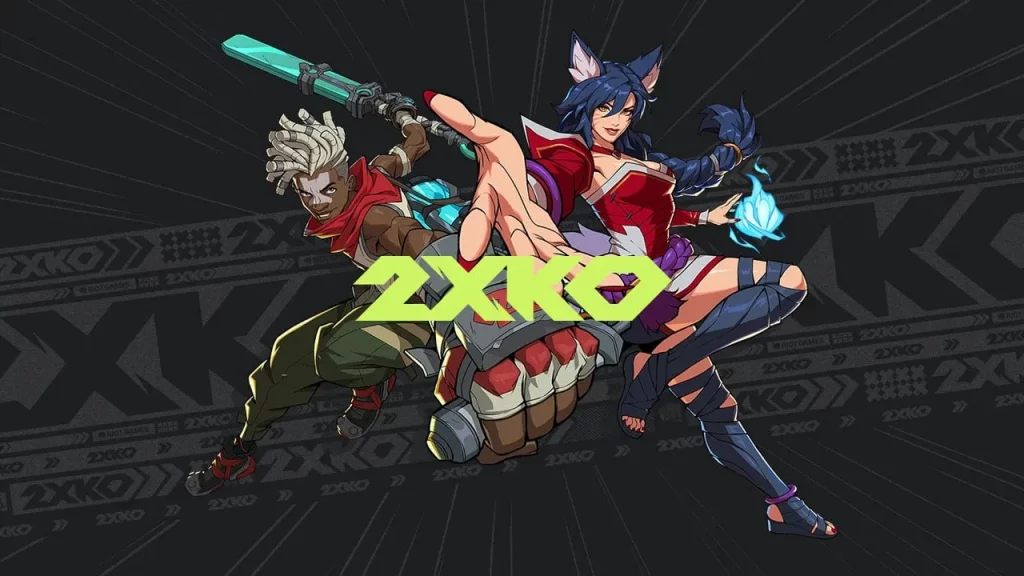League of Legends Lecture explores a popular video game through several different lenses, including gameplay, eSports, and psychology. Students will spend class time discussing, analyzing, and learning about these topics as well as applying what they learn through weekly homework assignments.
For most people, playing League of Legends is not a productive use of their time. In fact, it’s a huge time sink!
Gameplay
League is an intense game with deep depth and a huge community. It has also taught me many important lessons that can be applied to life, including playing to your strengths and maximizing the potential of your champion.
There are a number of ‘primary objectives’ that are essential to winning any match on Summoner’s Rift. This chapter covers these, as well as some’secondary objectives’ that are often important steps to achieving primary goals, or deciding factors in closely-matched games.
One of the most important things to understand about LoL is its item system. The game has over a hundred items to choose from, each of which can massively boost your champion’s power. This chapter will explain the purpose and mechanics of items, as well as how to optimize them.
eSports
League of Legends is a multiplayer online battle arena game that pits five teams of five players against each other. Its map is called Summoner’s Rift and it’s a world that’s populated by champions, which are unique characters that compete in a dynamically changing gameplay meta.
The eSports scene around LoL is huge and it’s even outperformed some long-standing professional sports leagues in terms of online viewership and attendance. In fact, it’s safe to say that eSports has become the face of the League franchise and an essential part of its legacy.
Learn how to improve your mechanics, micro/macro knowledge and rank with former LCS coach NicoThePico! He will show you a different perspective of the game that will help you reach Challenger tier in no time.
Psychology
League of Legends is a complex video game that requires players to develop a mental model, which is a set of concepts that are associated with and modify each other over time. The goal of this research is to advance the understanding of how people build these models, as well as how they vary between different players.
The authors developed a typology of motivational regulations in LoL, which they correlated with various in-game metrics. For example, the motive to socialize was correlated with the average percentage of teammates that players already knew, and the motive to complete challenges was correlated with the number of different champions played. In addition, competitiveness was correlated with kills and killing sprees.
However, it is important to note that correlation analysis offers only variable-centered insights into relationships between motivational regulation and game metrics. Thus, it would be interesting to collect self-reports of motivational regulation and experience over a longer period of time, in order to better control for changes to game mechanics caused by LoL patches and updates.
Game Design
Developing a game requires balancing two competing considerations: detail and elegance. Trying to pursue both at the same time leads to games that feel unbalanced or unfinished. Sometimes the design rules need to bend if they’re not helping a game achieve its broader goals.
It’s hard to make a wildly successful game without introducing some pay-to-win mechanics but this can drive off free players and stifle new users. It’s important that the developers know when to break the rules and how to balance them so that paying customers don’t get an unfair advantage over their non-paying peers.
During a League of Legends match, each player controls a unique champion, with their own set of skills and powers, that can be played in different ways to create a variety of strategies. Riot Games updates LoL every few weeks, looking at which champions are overpowered and adjusting their abilities to prevent them from feeling too unfair for their paying customers.롤대리


